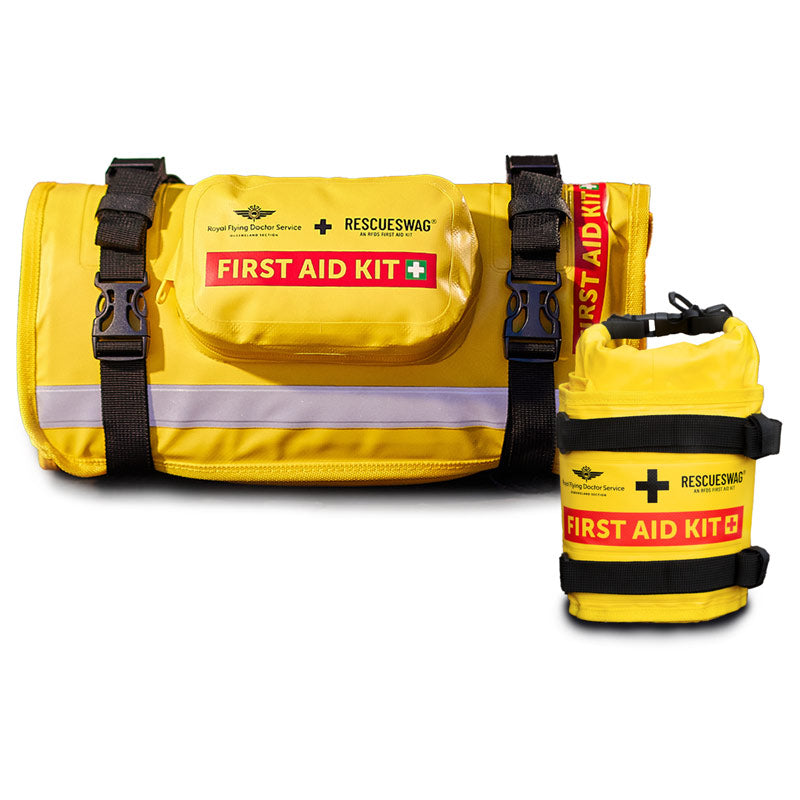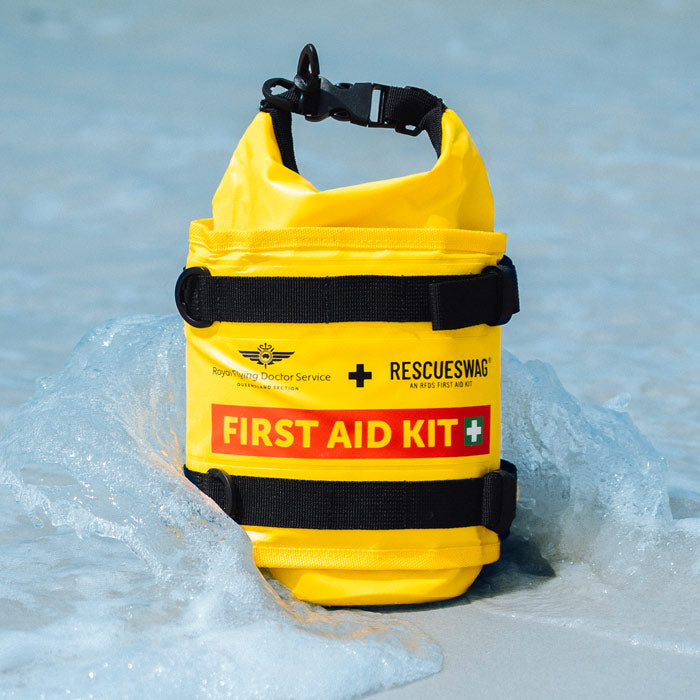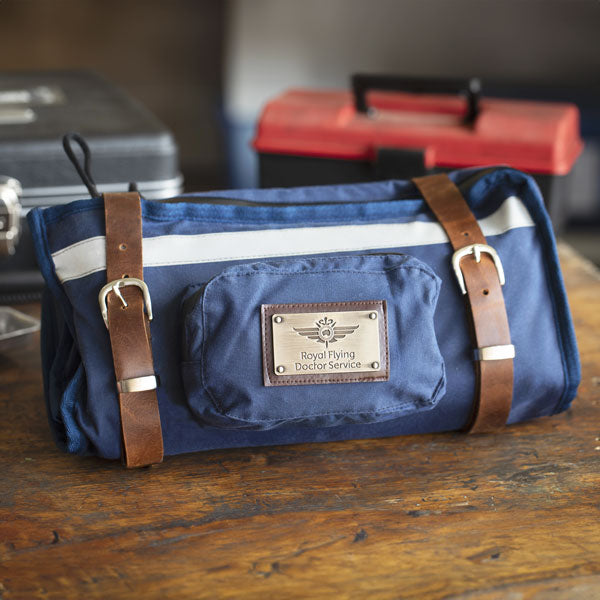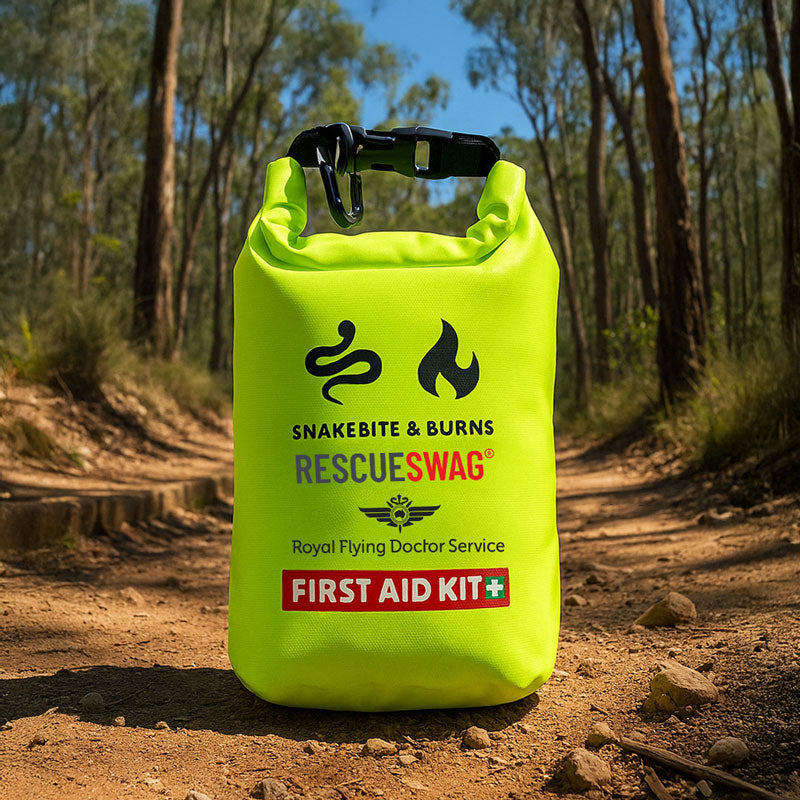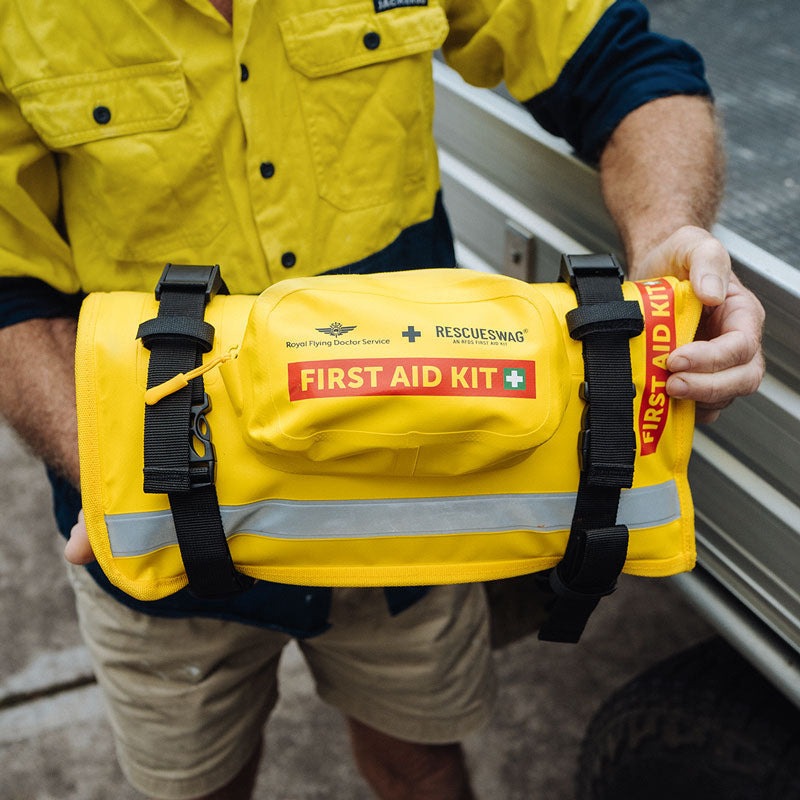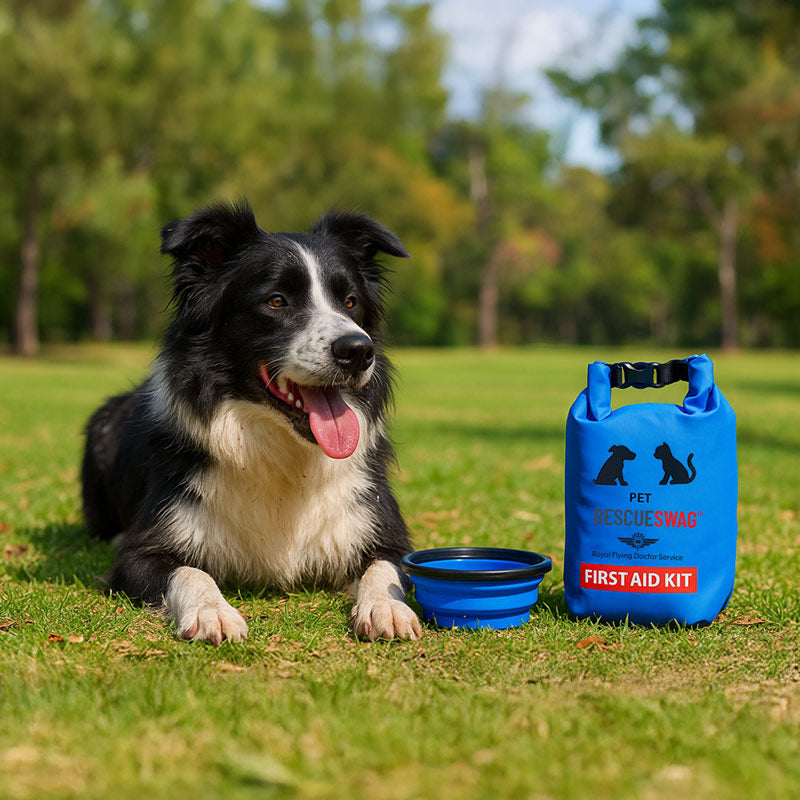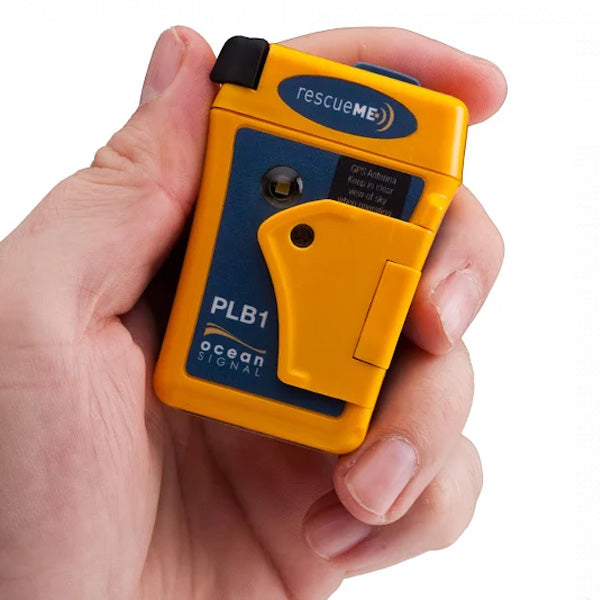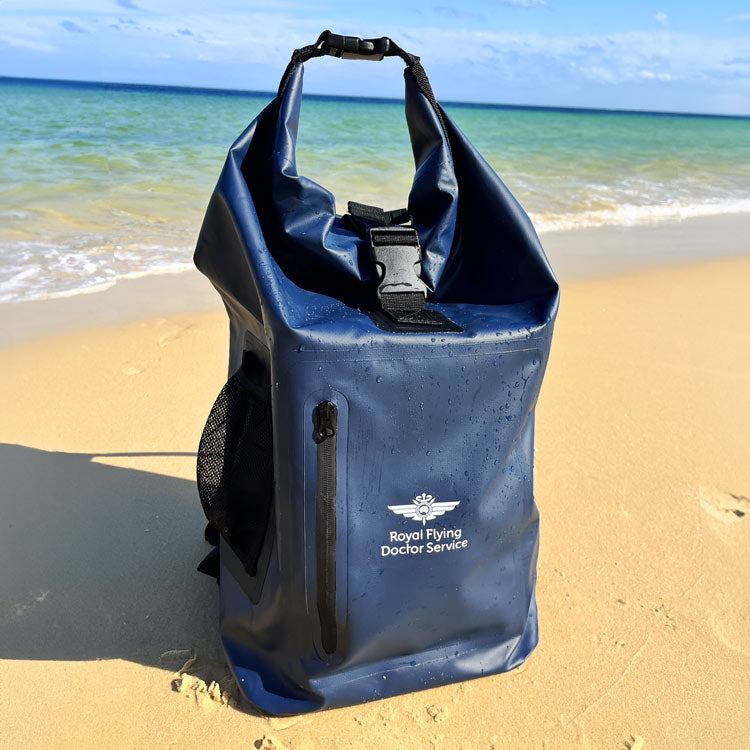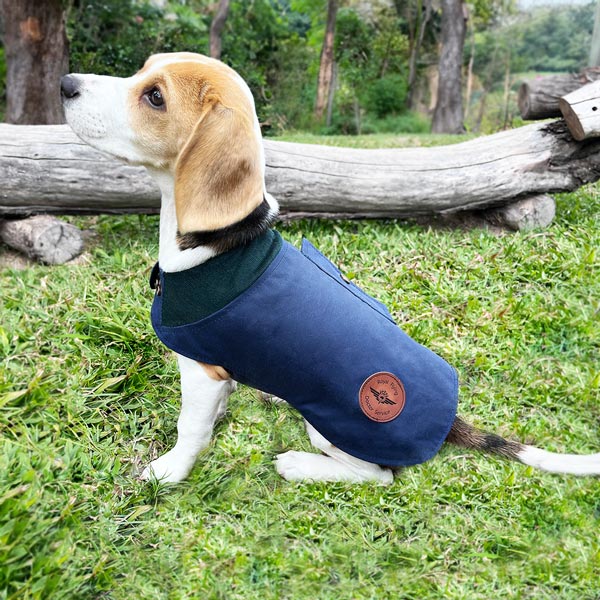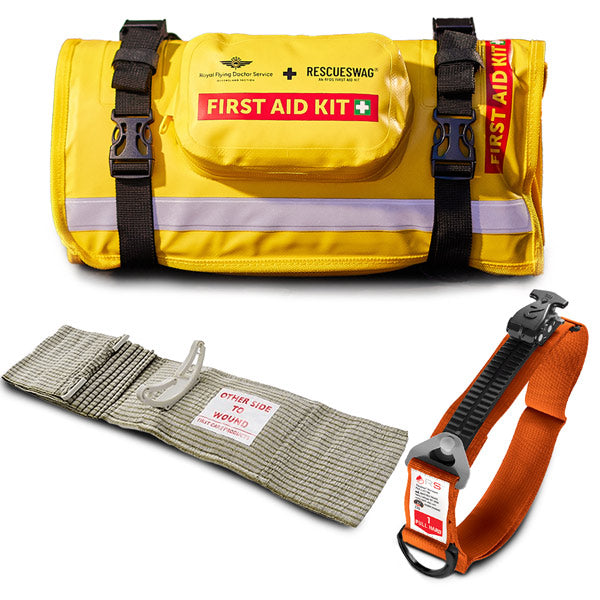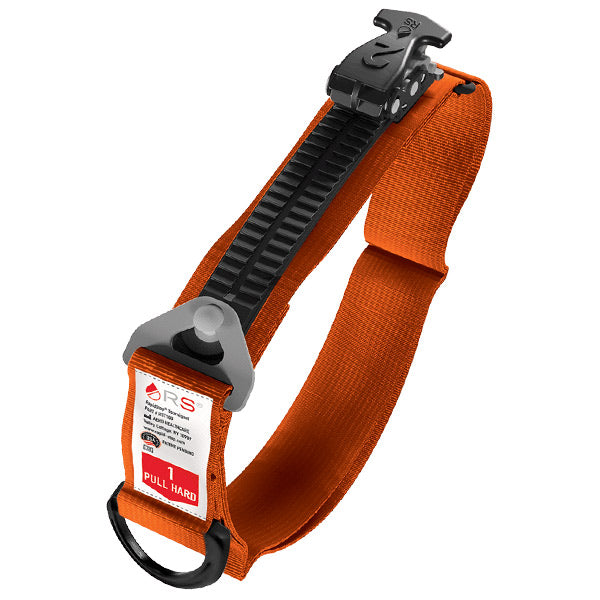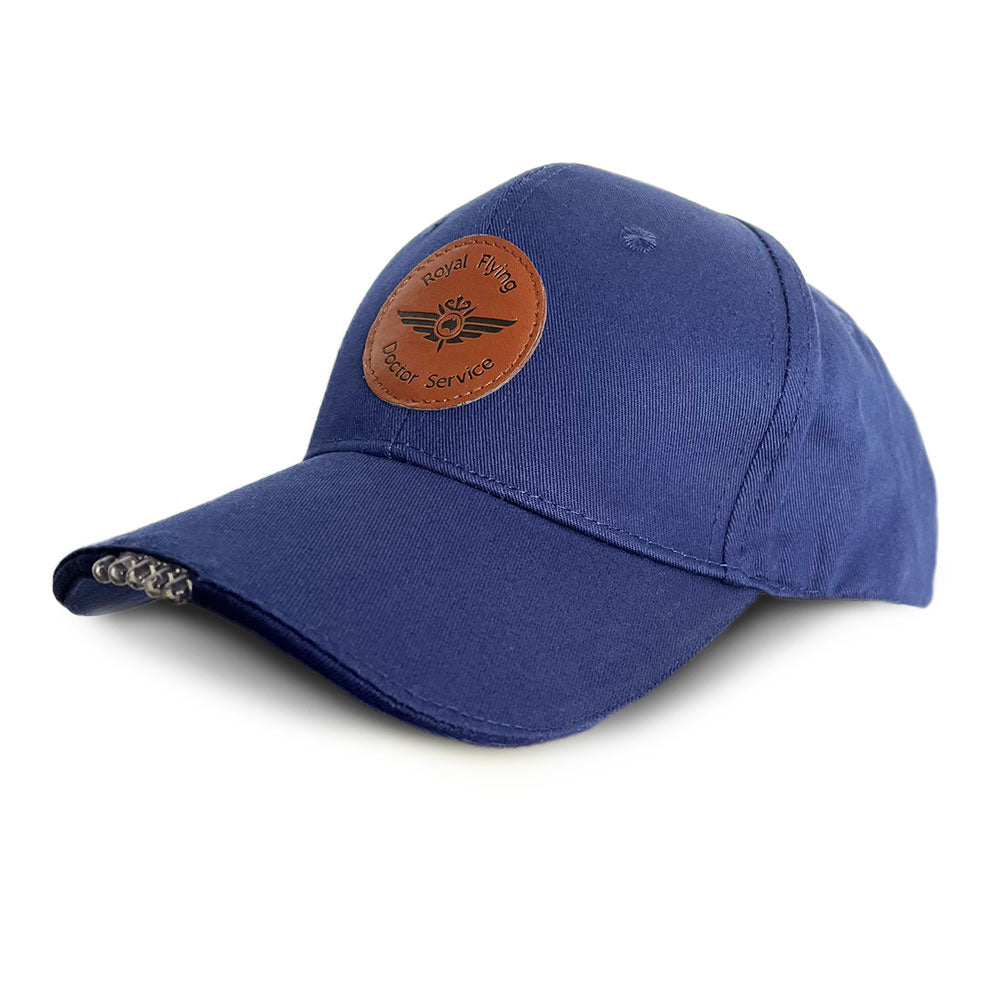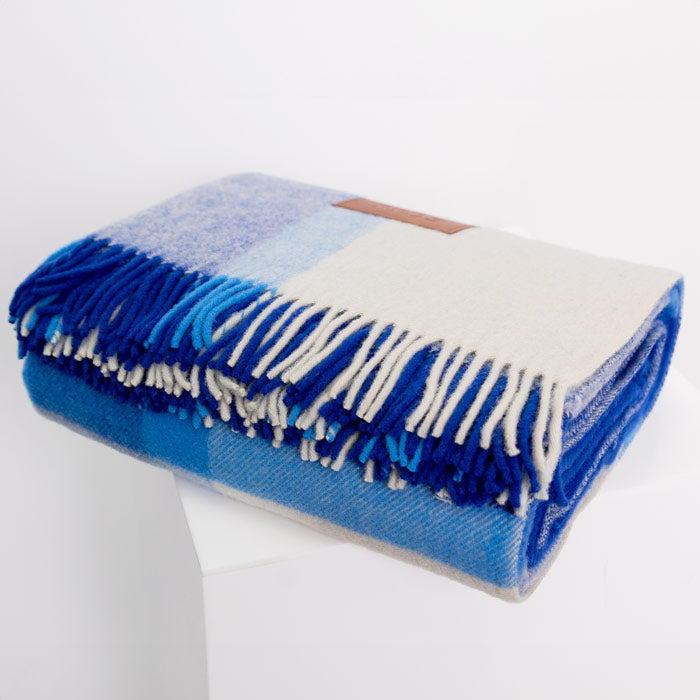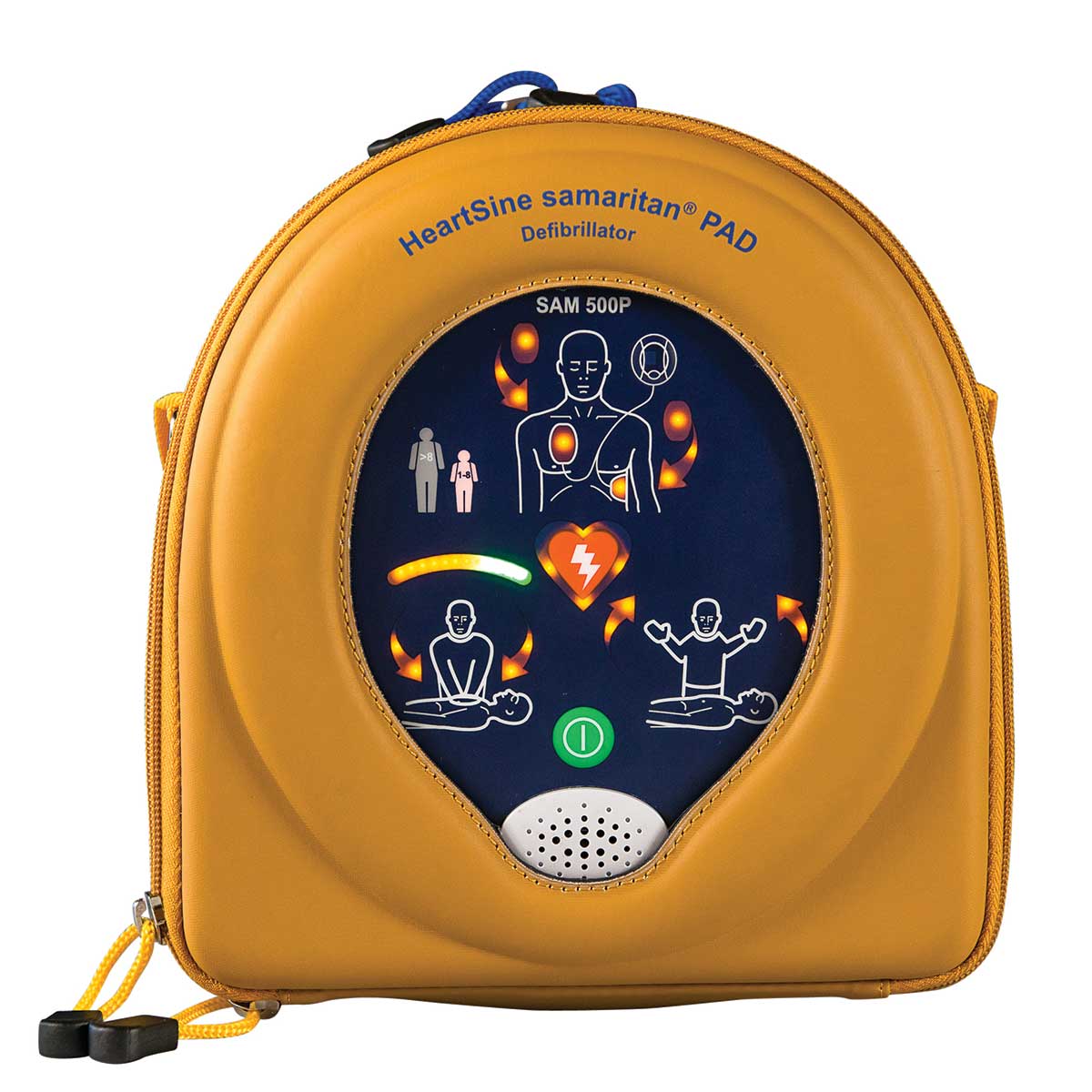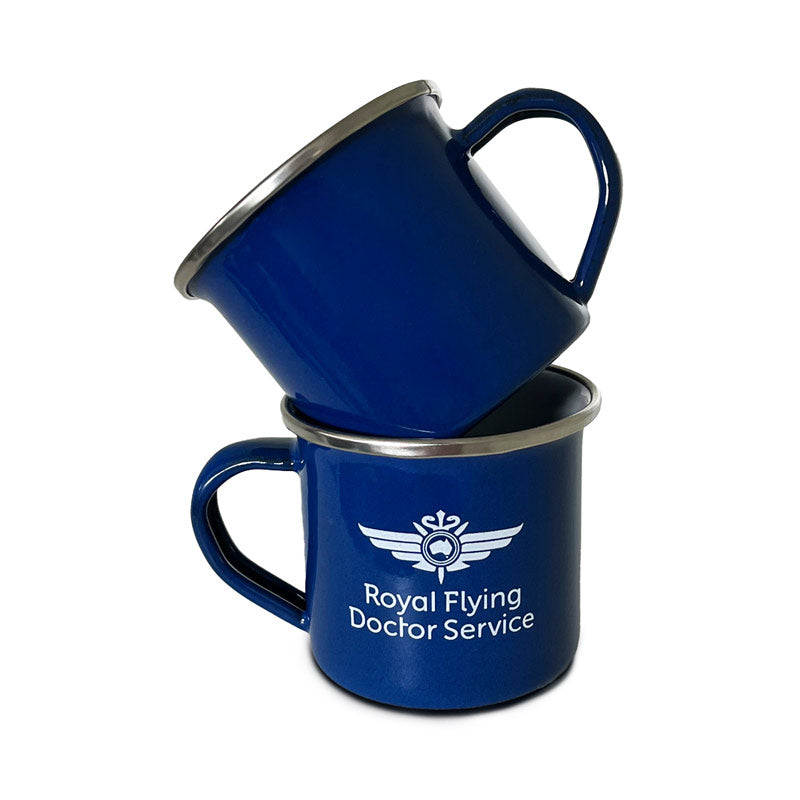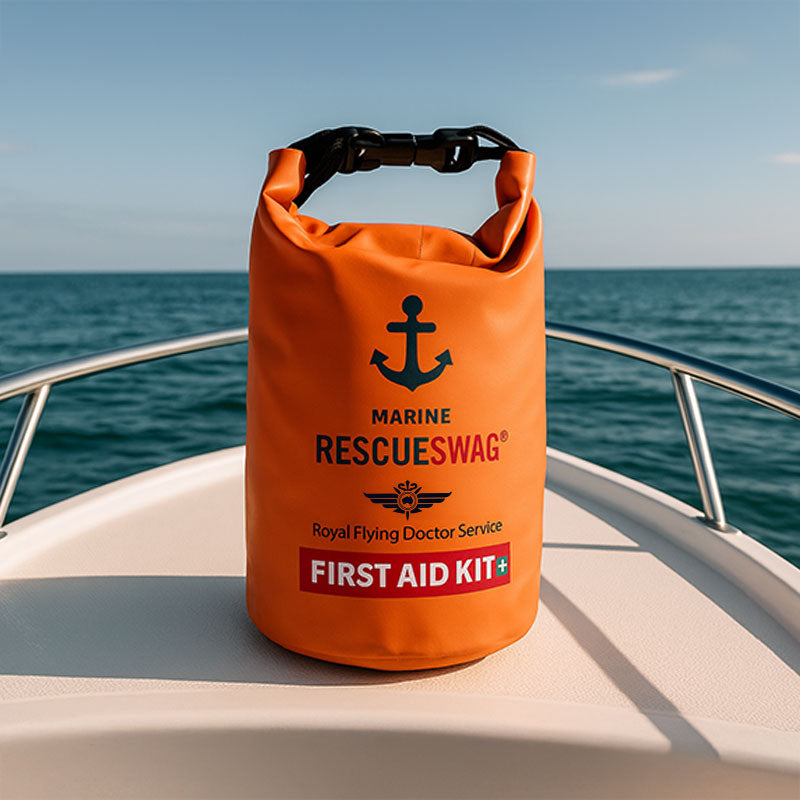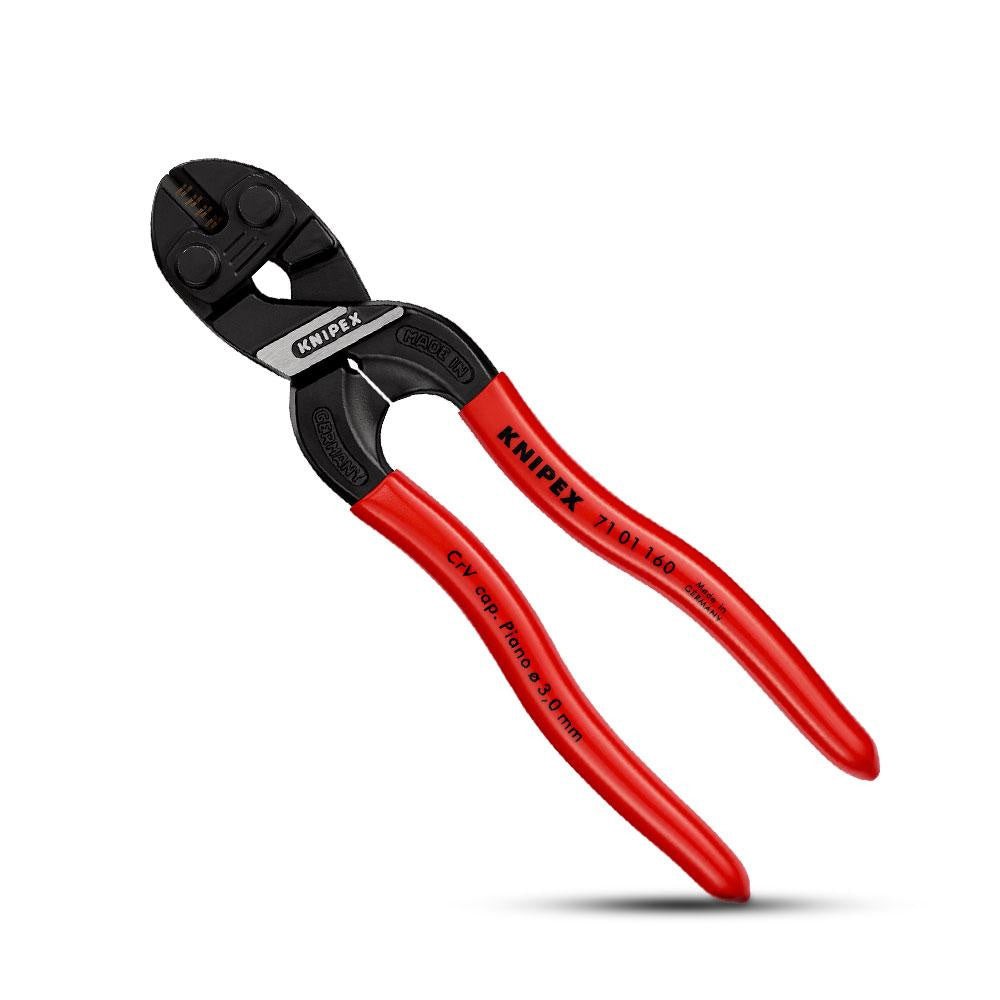How to Build your Own First Aid Kit
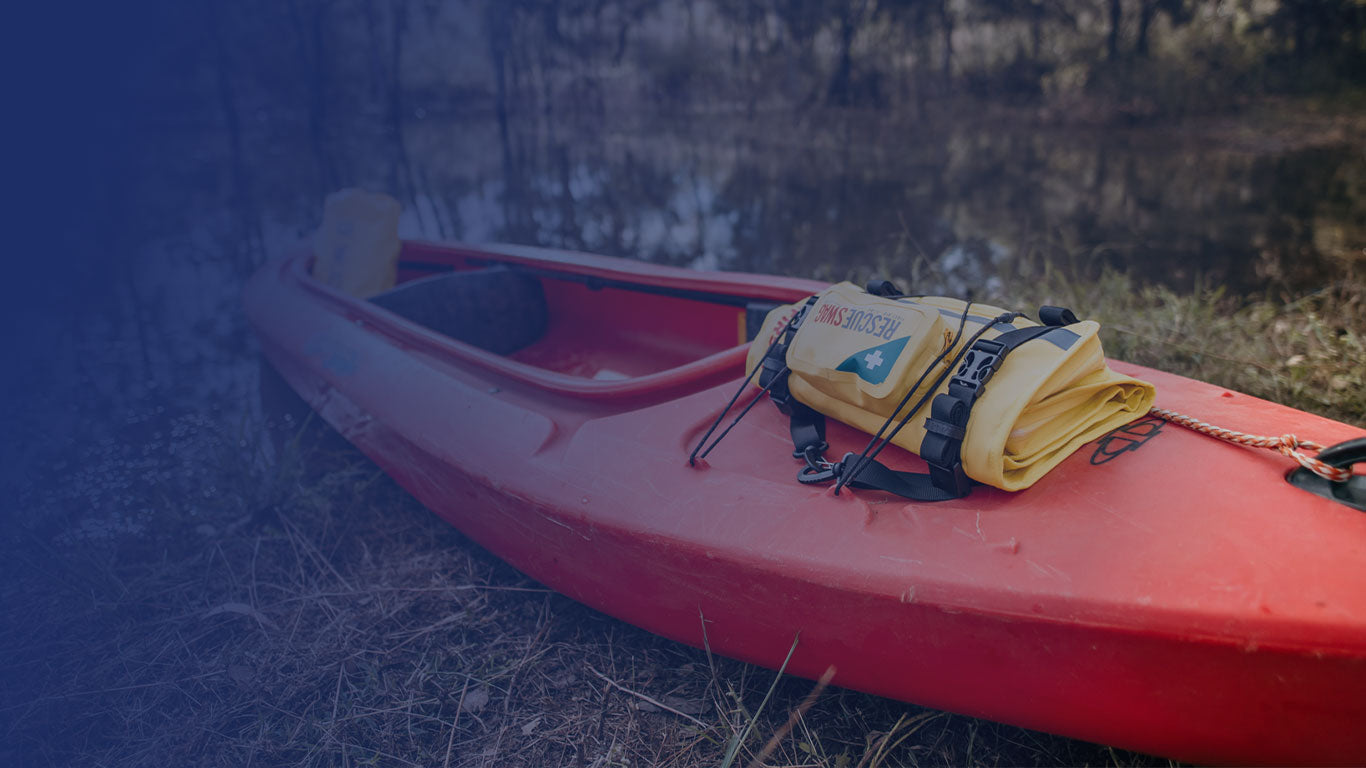
If you have a first aid kit, now is the time to give it a going over and check it is ready to hit the road when we can all travel again.
So what should you look for in a First Aid Kit?
A basic first aid kit checklist might include:
• crepe bandages of varying widths
• hypoallergenic (skin) tape
• triangular bandages
• adhesive dressing strips (such as band aids) in different sizes
• gauze swabs
• combine dressing pads (10cm x 10cm)
• non-stick dressing pads (7.5cm x 10cm)
• sterile eye pad/eye wash
• alcohol swabs
• stainless steel scissors (sharp/blunt) 12.5cm
• disposable gloves
• stainless steel pointed splinter forceps (tweezers)
• shock (thermal) blanket
• safety pins
• notepad and permanent marker
• sterile saline tubes/sachets
• disposable resuscitation face shield
• antiseptic skin swabs
• antiseptic cream
• stop itch cream/spray to relieve insect bites or stings
• thermometer – preferably digital
• a pressure immobilisation bandage
• first aid booklet
Once you have assembled a basic first aid kit, you should customise it according to its intended use and for your personal requirements.
By law in Australia First Aid Kits cannot include painkiller medications such as paracetamol or ibuprofen so be sure to add a painkiller of your choice. A good antihistamine and Chlorine dioxide water-purification tablets is also advisable
• For the car or caravan — add a highly reflective (day/night) safety triangle and vest as you may be near a road and traffic
• For camping — add heavy crepe bandages, instant cold packs, disposable poncho, plastic bags, whistle, compass, torch and glow stick
• For use on a boat — add a disposable poncho, plastic bags, whistle and glow stick. If you are boating in waters where marine stingers are present, include vinegar to pour over potential stings
• For babies — add extra items such as a digital thermometer, basic pain reliever medications (such as paracetamol or ibuprofen) and plastic syringes for accurate dosing
• For known medical conditions — add extra items, such as medicines and or
equipment you normally use to manage the condition.
So now you have gathered all of the items for your first aid kit, it’s time to buy a bag or container to keep them in. It doesn’t have to be expensive or designed especially for first aid supplies, but it should be:
• large enough to contain all of the necessary items and organise them properly
• identifiable as a first aid kit
• made of material that protects the contents from dust, moisture and contamination
• lightweight and compact, easy to access and not bulky so it doesn’t get buried under other gear.
• nothing that will crack or rust
Some optional extras are worth thinking about:
• Braided nylon line
• Whistle
• Lighter
• Waterproof matches
• Tinder (for fire-starting)
• Signal mirror
• Personal locator beacon (PLB)
Where should I keep my first aid kit?
It is important to keep your first aid kit in a safe, dry and accessible place, and make sure everyone in your family knows where it is. First aid kits for cars, caravans or boats should be secured so they don’t become projectiles.
How do I use the items in my first aid kit?
You must know how to use the items in your first aid kit before you need them. For example:
• combine dressing pads cover and pack bleeding wounds
• non-adherent dressings cover wounds and burns
• shock blankets help manage body temperature
• crepe bandages provide light support for sprains and strains
• heavy crepe bandages immobilise joints and provide support
• triangular bandages can be used as a sling to immobilise injured limbs, or as a pad to control bleeding or protect injuries
• disposable resuscitation face shields provide personal protection during mouth to mouth resuscitation
• sterile saline tubes or sachets are used to flush debris from eyes and clean minor cuts and grazes.
Gathering all these yourself can be quite costly and time consuming. Having them properly organised is also essential in an emergency. If you’re looking for a cost-efficient alternative to assembling everything yourself then we can do no better than recommend an Adventurer Rescue Swag, that contains everything you need and nothing you don’t. It is water-resistant, dust proof and can even carry water in an emergency. It also comes with an app for your phone which will work even when you are out of range. It is especially helpful if you have no first aid training. If you already own one, then refills are readily available too.

